The week, Gov. Gavin Newsom built on last year’s record state budget with a 2022-23 spending plan that tops it.
Within the big numbers are programs, priorities and new commitments that will be shaped by the public’s response and debated through June in the Legislature. EdSource has asked observers, advocates, students and legislators to initiate the discussion with their first take on the governor’s budget for 2022-23.
Scroll down and click on the photos to read what they see as the highlights — and what they feel is missing — in the governor’s plans for investing in early learning and whole-child development. Also see what education leaders are saying about the governor’s K-12 and postsecondary education budget proposals.
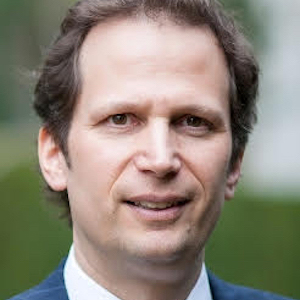
Eric Premack
Charter Schools Development Center
What among the governor’s proposals will most advance students’ recovery from the pandemic and why?
The $824 million proposed for 36,000 additional subsidized preschool “slots” should provide the most immediate relief to needy families and their children.
What priority should have been in the budget but wasn’t?
The governor makes no proposals to streamline or simplify California’s Balkanized pre-kindergarten sector which is becoming heavily regulated with state mandates and a cumbersome, unnecessary state-imposed collective bargaining system. Parents deserve real choices, and providers deserve a clear and level playing field.
Eric Premack is executive director of Charter Schools Development Center, a charter school support and advocacy organization based in Sacramento.

Natali Gaxiola
Early childhood educator
What among the governor’s proposals will most advance students’ recovery from the pandemic and why?
Among the governor’s early childhood proposals, the mental health investment for children, families and providers will be essential because it addresses the fundamental need for stability in mental health, which is vastly overlooked in many low-income communities. We must not lose sight of the immediate and long-term effects the pandemic will have on our young children. This investment will ensure that mental health is prioritized. By including a community effort, the support for parent choice and mixed delivery systems will also support the recovery. This builds toward supporting the whole child, along with the financial supports through the child tax credit, CalWORKs grants and lower Medi-Cal premiums.
What priority should have been in the budget but wasn’t?
The governor’s proposal lacks a clear mechanism to fund the early childhood education workforce at a level on par with the K-12 pay scale. Retention of experienced and qualified staff is a challenge, with early childhood education portrayed as a steppingstone into education and not a steady career path. The lack of adequate funding for the current available slots is usually the justification for low salary. Time is of the essence for rate reform, if we want to attract and retain qualified teachers in early education. Many have been attaining educational goals at a high cost with the promise of higher pay rates that have yet to come.
Natali Gaxiola is an early childhood educator in Lennox and a Teach Plus California policy fellow.

Lance Izumi
Pacific Research Institute
What among the governor’s proposals will most advance students’ recovery from the pandemic and why?
The governor proposes to significantly expand early childhood programs and says this spending can provide very young children “the skills and tools needed to succeed in school.” Perhaps it will, but research from other states wave warning flags. A Vanderbilt University study of Tennessee’s pre-kindergarten program found participants scored lower on tests and had greater discipline problems than students not in the program. The study concluded that the results “offer a cautionary tale about expecting too much from state pre-K programs.” That’s a warning that California should consider seriously.
Lance Izumi is senior director of the Center for Education at the Pacific Research Institute, a public policy research think tank.

Stacy Hae Lim Lee
Children Now
What among the governor’s proposals will most advance students’ recovery from the pandemic and why?
We have long known that research says investing in our youngest kids yields the highest returns. We see some evidence of that in the budget and are hopeful the expansion toward universal preschool will bring us into closer alignment with that research, especially given the potential to address systemic inequities from the early years. The proof will be in the implementation pudding. Kids who live in low-income, immigrant and/or refugee families, who need language development support, who experience trauma, and who face racism and bigotry at very young ages will need additional resources and support. We need to continue to invest in early childhood and support working families.
What priority should have been in the budget but wasn’t?
There is a glaring lack of funding for early learning and care for infants and toddlers. If we invested in 0- to 3-year-olds the way we are for 4- to 18-year-olds, it’s roughly a $20 billion plus investment. We are not even close. Further, the expansion of universal preschool, if not done thoughtfully, could put 0-3 child care at risk by siphoning off talented providers who would rationally be seeking work in higher paying jobs in the preschool/transitional kindergarten system. This is a well-researched dynamic and needs to be rectified before we see further destabilization of the child care field. There is great leadership at the state level and in the early care and education field working to resolve these things, but leaders need resources, and we’re concerned we don’t see that reflected in the budget.
Stacy Hae Lim Lee is the chief learning officer and senior managing director, Early Childhood at Children Now, a California-based research, policy development and advocacy organization dedicated to improving children’s health, education and overall well-being.

Jan Gustafson-Corea
California Association for Bilingual Education
What among the governor’s proposals will most advance students’ recovery from the pandemic and why?
The governor’s emphasis on the value of early childhood programs is to be commended. Programs such as state pre-kindergarten and universal transitional kindergarten are highlighted through the increase in funding for materials and enrollment slots and greater access to children with higher needs. By increasing state pre-K slots by 36,000 and transitional kindergarten slots by 56,000, a significant number of dual language learners and students of diverse backgrounds will benefit from an early start to schooling. The inclusion of $10 million to expand early literacy by providing multilingual books and early literacy programming for families will provide key support during and beyond the pandemic to develop English literacy and/or biliteracy skills in other languages.
What priority should have been in the budget but wasn’t?
While the governor’s budget enhances systems and services for new teacher recruitment, very little is designated for professional development of in-service early childhood teachers, especially those instructing our dual language learners. Professional learning for teachers at all levels is extremely important in order to provide creative and expanded support during the pandemic. Professional growth leads to increased effectiveness in the classroom and ensures teacher retention. In light of the teacher shortages still occurring, teacher retention should be emphasized. Additionally, there continues to be a bilingual teacher shortage, and the specific educator workforce proposals do not address this shortage.
Jan Gustafson-Corea is the CEO of the California Association for Bilingual Education, a statewide educational nonprofit organization whose vision focuses on biliteracy, multicultural competency and educational equity for all.

Tim Taylor
Small School Districts' Association
What among the governor’s proposals will most advance students’ recovery from the pandemic and why?
The commitment to early education aligns to the 60 years of research that proved that investments in quality preschool programs bolster student success. Students who attend preschool programs are more prepared for school and are less likely to be identified as having special needs or to be held back in elementary school than children who did not attend preschool. To think we will have transitional kindergarten and preschool for all is becoming a reality for all communities!
What priority should have been in the budget but wasn’t?
The more than 100 districts that served students over their allocated funding cap in 2020-21. Never in California history have districts not been paid for teaching students in that year. The state needs to pay these districts, who are mostly small, rural districts as families moved to smaller towns during the pandemic. They are also districts that did what the governor wanted, which was to provide in-person and hybrid all year. Shouldn’t they be rewarded for their hard work and courage?
Tim Taylor is the executive director of the Small School Districts’ Association representing 538 small districts in California.

Christopher Maricle
Head Start California
What among the governor’s proposals will most advance students’ recovery from the pandemic and why?
We applaud the governor’s support for early literacy programs and increased supports for young children with disabilities and dual language learners. Head Start already provides many of the services described in a proven high-quality program that targets the neediest families. An investment in Head Start would further the governor’s efforts.
What priority should have been in the budget but wasn’t?
By not including Head Start California’s $50 million budget request — championed by Assembly Majority Leader Eloise Gómez Reyes and supported by 37 state legislators — the budget proposal puts Head Start’s comprehensive whole-child, whole-family services for some of our most vulnerable children at even greater risk. Wage increases for staff in state-subsidized programs will not help Head Start teachers serving 13,000 children in agencies that do hold state contracts. It is challenging for Head Start programs to compete with school districts for qualified staff, who on average pay over $25,000 more for a teacher with comparable qualifications.
Christopher Maricle is the executive director of Head Start California.

Scott Wilk
Senate Republican Leader
What priority should have been in the budget but wasn’t?
The governor says all children should have “what every fancy family gets” and often declares that “budgets reflect priorities,” yet when California’s students are facing unprecedented learning loss because of the school shutdowns he mandated, he excludes school choice from his educational proposals. Our students are in crisis, and this is no time to be eliminating the tools in the shed to help them recover. Time to put the partisan politics aside and use every available option to address learning loss and educational disparities. After all, good ideas have no party lines.
Senate Republican Leader Scott Wilk, R-Santa Clarita, represents California Senate District 21.

Elena Montoya
Center for the Study of Child Care Employment, University of California Berkeley
What among the governor’s proposals will most advance students’ recovery from the pandemic and why?
The well-being of students is tied to the well-being of adults, and right now the adults working in early care and education are confronting a crisis of low wages, high poverty rates and program closures. The governor proposes to improve “the quality of care by increasing access to full-day, full-year preschool programs, and enhancing educator competencies and providing affordable and accessible pathways for workforce advancement.” Competencies and career pathways are of little consequence if educators cannot sustain themselves and are forced to leave their jobs. There is a missed opportunity to prioritize living wages as the bare minimum needed to realize a quality and equitable system.
What priority should have been in the budget but wasn’t?
The early care and education workforce is absent from the budget’s extensive discussion of workforce development. This is a flawed omission because the child care system faces staffing shortages that are a result of early educators earning some of the lowest wages in the state. Further, the emphasis on pay equity ignores the highly diverse female workforce in the field. Until we compensate early educators equitably, California’s child care system isn’t going to thrive.
Given the new dollars and emphasis on workforce development, we look forward to ensuring the visible and intentional inclusion of the early childhood education workforce as the budget process moves ahead.
Elena Montoya is senior research and policy associate at the Center for the Study of Child Care Employment at University of California Berkeley, an organization focused on conducting research and proposing policy solutions aimed at improving how our nation prepares, supports, and rewards the early care and education workforce.

Martha Hernandez
Californians Together
What among the governor’s proposals will most advance students’ recovery from the pandemic and why?
We applaud the governor’s commitment to our youngest learners, specifically through the investment of additional supportive services for dual language learners in the State Preschool Program. With nearly 60 percent of California children aged birth to five speaking a language other than English at home, additional support, training, and investments to serve dual language learners in our early childhood education system is critical. All of our youngest learners will also benefit from investments to implement universal TK and lower student to adult ratios.
Martha Hernandez is the executive director of Californians Together, a coalition of organizations that advocate for English learners.
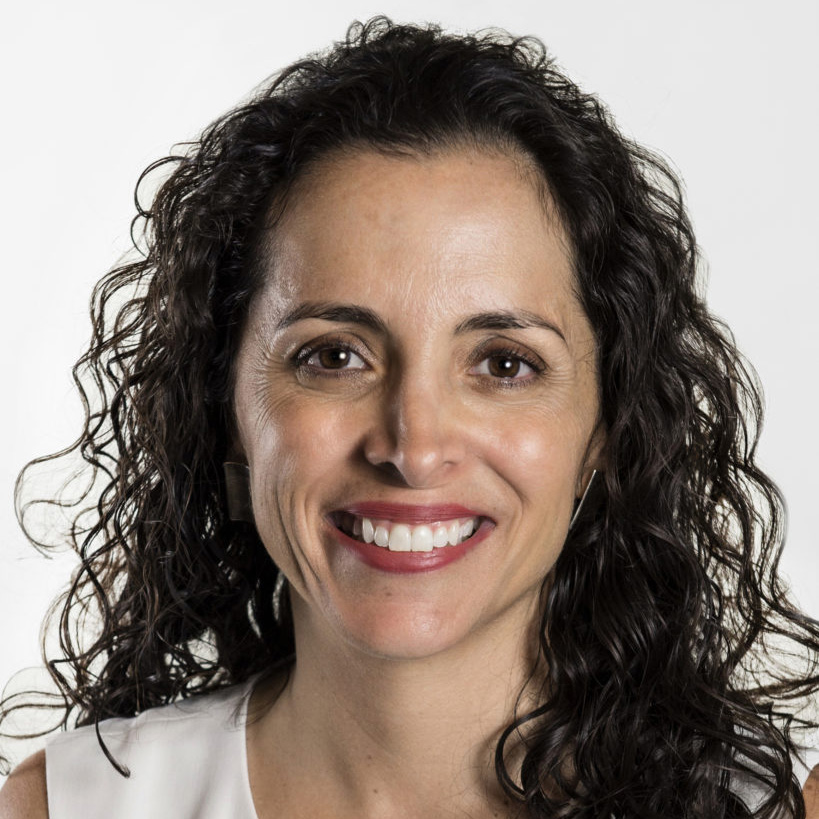
Patricia Lozano
Early Edge California
What among the governor’s proposals will most advance students’ recovery from the pandemic and why?
The pandemic has underscored the need for a strong and supported early learning workforce and specialized attention and care for our youngest learners. The governor’s proposals to expand transitional kindergarten with lower teacher-child ratios and allow our California state preschool program to serve younger children will help to close the gap in infant/toddler care and ensure that our children receive the individualized support they need. Additionally, the investments proposed to support dual language learners and special education are critical to meeting the needs of children and families who were disproportionately impacted by the pandemic.
What priority should have been in the budget but wasn’t?
The early learning workforce is the backbone of our economy and has provided essential care to our children throughout the pandemic. It is critical that we continue to work with the administration and the Legislature on increasing our investments in the workforce to ensure that they have the compensation and support needed to thrive, as well as develop pathways that strengthen our mixed-delivery system.
Patricia Lozano is the executive director of Early Edge California, an advocacy organization focused on advancing policy changes and investments that will expand high-quality early learning programs for all children from birth to age 8.

Christopher J. Nellum
The Education Trust–West
What among the governor’s proposals will most advance students’ recovery from the pandemic and why?
The governor’s budget proposal promises to help rejuvenate an early education landscape hit hard by the pandemic by delivering greater equity. In the face of tremendous need, we applaud additional slots, especially in child care deserts, two years of stable preschool enrollment, more transitional kindergarten staff, and stronger support for dual language learners and children with disabilities. Early education providers will see increased reimbursement rates and the sector will benefit from a long-needed child care data system. Altogether, it’s a good start toward rebuilding California early education to better serve children of color and children in low-income households.
What priority should have been in the budget but wasn’t?
California’s youngest learners of color and those impacted by poverty deserve a budget that goes further in putting them at the center. We need subsidized child care slots on a scale that matches the need — which means far more of them. Similarly, while proposed workforce investments are encouraging, what’s truly needed are robust avenues into the profession for future early learning and care providers, paid professional development for current educators and reimbursement rates that reflect the full cost of providing care. Without these additional investments, we risk perpetuating inequities that already start far too early in a child’s life.
Christopher J. Nellum, Ph.D., is the executive director of The Education Trust-West, a research and advocacy organization working for educational justice on behalf of students of color, those from lower-income households, and English learners, from birth through college, in the state of California.
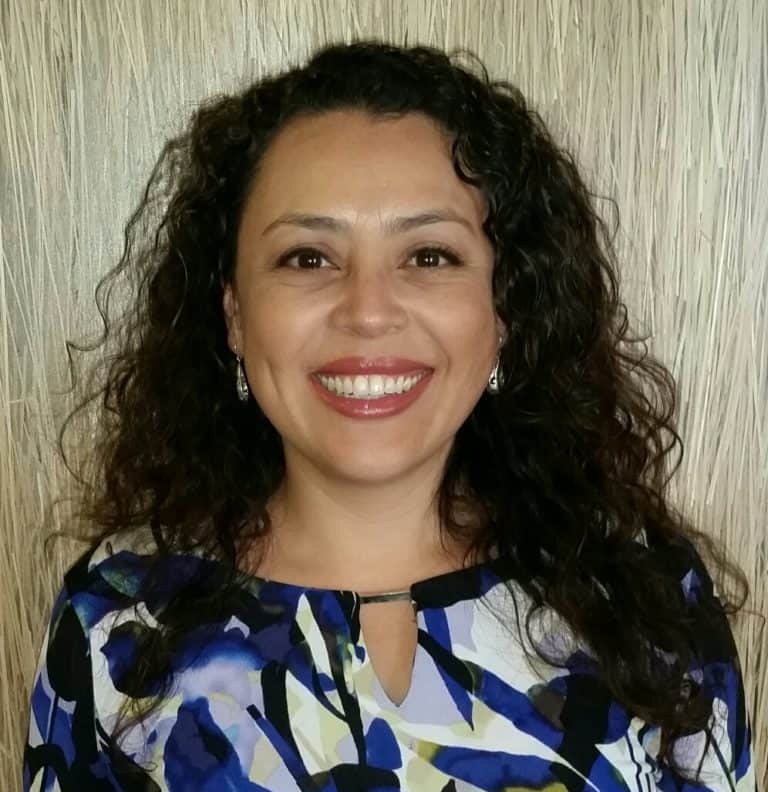
Vickie Ramos Harris
Advancement Project California
What among the governor’s proposals will most advance students’ recovery from the pandemic and why?
The governor’s multiyear budget approach leads with a whole-child framework that addresses the holistic needs of young children and their families. This is critical to an equitable pandemic recovery. Investments include important steps to serve more 0- to 3-year-olds and all 4-year-olds by expanding universal transitional kindergarten, state preschool, and child care; target underserved areas; support more providers to become licensed; and focus on California’s most vulnerable children via health and mental health supports. We appreciate investments in data systems for child care providers and families, as that will be crucial to assess impact and progress, particularly in communities hit the hardest by Covid-19.
What priority should have been in the budget but wasn’t?
We appreciate the whole-child framework and look forward to working with the governor to double down on whole-child investments that further address the holistic needs of young children and their families. The pandemic made it clear that child care providers are the essential workers to the essential workers, our families and our state. This health crisis has also devastated our early childhood community. It will be imperative for California to ensure greater investments that intentionally focus on the sustainability of the early childhood field and support these women of color to thrive through the pandemic and post-pandemic recovery.
Vickie Ramos Harris is the director of educational equity for Advancement Project California, a multiracial, multigenerational racial justice organization with expertise in research, advocacy and policy.
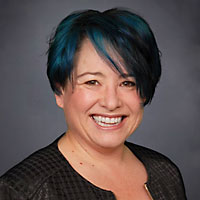
Anjanette Pelletier
School Services of California
What among the governor’s proposals will most advance students’ recovery from the pandemic and why?‘
The 2022-23 budget proposal continues a multiyear focus on improving impact and outcomes for young children and students with disabilities. Gov. Newsom demonstrates the value of investment in early prevention, intervention and learning recovery with an integrated proposal that targets students with disabilities. We can anticipate a huge long-term impact from early literacy and inclusive practices efforts, as participation in these types of programs has the potential to prevent children from requiring special education in the future. For special education, 2022-23 will be the third year in a row of substantial increases to the base funding rate for students with disabilities, which goes a long way to ensure that students receive the services and interventions they need to improve their academic and social-emotional growth and achievement.
Anjanette Pelletier is director of management consulting at School Services of California. She previously served as associate superintendent of San Mateo County Special Education Local Plan Area.

Deborah Reidy Kelch
First 5 Association of California
What among the governor’s proposals will most advance students’ recovery from the pandemic and why?
The governor’s proposals that support whole-child learning and development will be powerful and impactful in reducing adverse childhood experiences and toxic stress and preparing children for future success, including in the classroom. Addressing child poverty, hunger and homelessness are fundamental to children’s lifelong success. We welcome ways that this budget recognizes that children are better prepared to thrive in the classroom when their holistic needs are being met. Services that support infant and toddler social-emotional health and wrap around the family’s needs, like home visiting, are important components in our road to recovery from the pandemic. We’re pleased that this budget invests in expanding home visiting services to reach more California families.
What priority should have been in the budget but wasn’t?
We would like to see more long-term investments that serve the needs of young children. The state’s historic budget surplus represents an unprecedented opportunity to enact structural, lasting reforms that improve systems and strengthen the safety net for infants, toddlers and their families, particularly those facing generational poverty and institutional racism. Even before the pandemic, many families struggled to find and afford child care, especially infant and toddler care, but now, amid the Covid-19 pandemic, child care settings across the state have closed, and those that do remain open are struggling to pay teachers a fair living wage and have adequate resources to provide a safe, nurturing and stimulating environment. Rapid brain development occurs in the first three years of life. We would welcome additional focus on the systems and workforce that serve our youngest children at this critical time in their development.
Deborah Reidy Kelch is interim executive director of the First 5 Association of California, a statewide organization focused on children ages 0-5.

Brian Lewis
California Speech Language Hearing Association
What among the governor’s proposals will most advance students’ recovery from the pandemic and why?
Speech, language and hearing services are among the most-demanded for students at all levels, but particularly as they relate to early intervention. The need to support the provision of these services in ways that meet the diverse needs of students using whatever methods necessary (i.e., teletherapy where appropriate and needed) is critical, as is the need to re-evaluate long-standing policies that prevent innovation and timely service delivery.
What priority should have been in the budget but wasn’t?
Speech, language and hearing services are in very high demand but have been historically underfunded and made challenging to deliver due to sometimes antiquated policies and statutes. In addition, California’s need for a larger and more diverse field of professionals is not being met … which means too many Californians are not being served. The California Speech Language Hearing Association is focused on a future where more — and more diverse — students are being recruited into the field, where university programs are better funded to welcome and graduate larger, more diverse classes of students, and where a larger, more diverse workforce of speech language hearing professionals is serving diverse students, clients and patients throughout the state. A comprehensive study of recruitment, university funding, state and national licensure (and renewal) requirements, service funding, and more, is sorely needed in order to inform the timely implementation of systemic changes on behalf of all Californians.
Brian Lewis is the CEO of the California Speech Language Hearing Association, a membership-based nonprofit focused on advocating for the profession and all those in California who need these services.
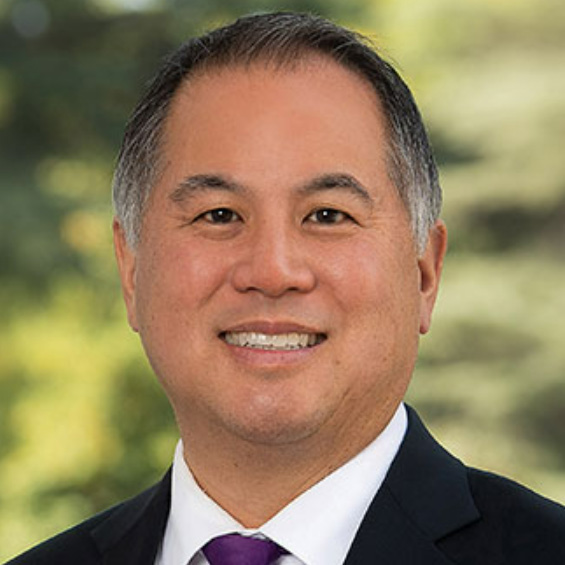
Phil Ting
California Assembly Budget Committee Chair
What among the governor’s proposals will most advance students’ recovery from the pandemic and why?
I applaud the continued movement toward universal pre-kindergarten and after-school programs. When children attend effective high-quality early education and after-school programs, they learn skills that set them up for success throughout their lives. The governor’s proposal funds the budget agreements we made last year with an eye on quality transitional kindergarten and instruction. I would like to see more investments to stabilize high-quality child care, and I have no doubt the Legislature will continue to prioritize growing options for all families with young children.
Assemblyman Phil Ting represents the west side of San Francisco & northern San Mateo County and is chair of the Assembly Budget Committee.
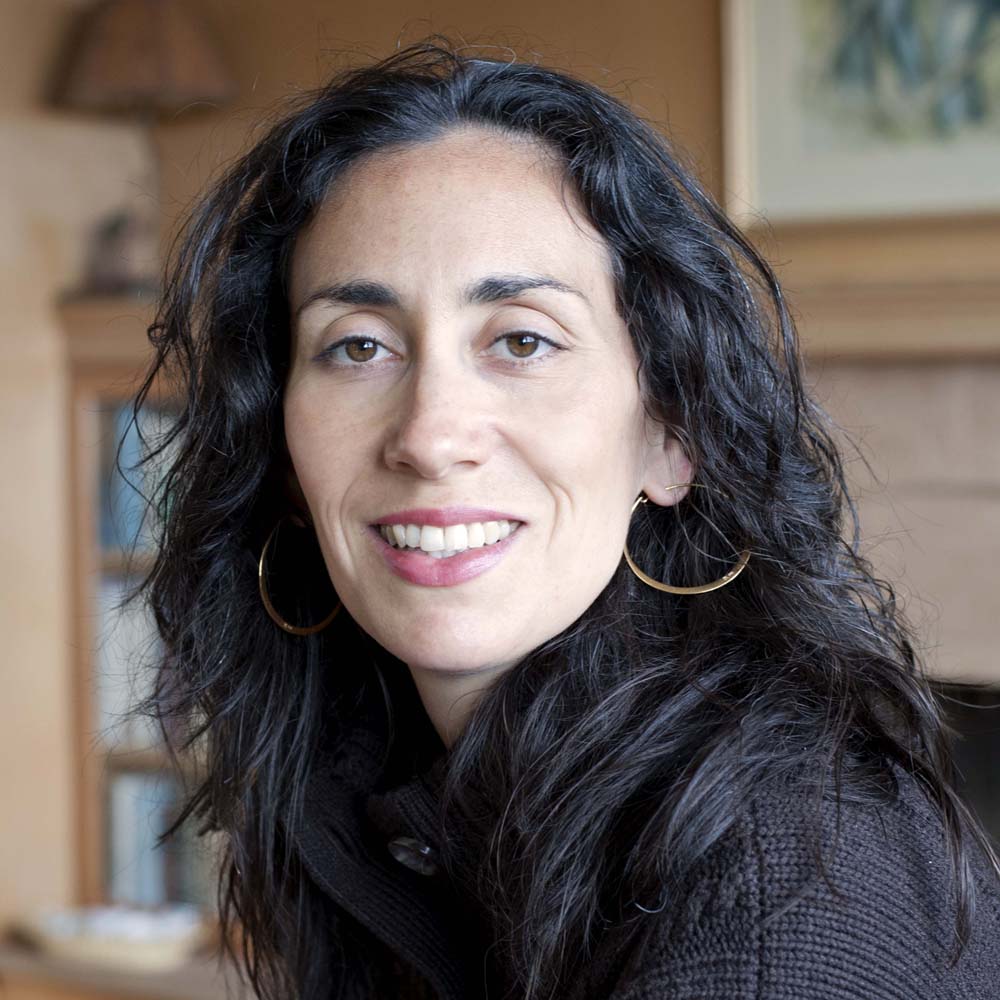
Anya Hurwitz
SEAL (Sobrato Early Academic Language)
What among the governor’s proposals will most advance students’ recovery from the pandemic and why?
Universal transitional kindergarten expansion is the result of many years of advocacy, and we’re proud California is making it a reality. High-quality universal TK starts at the classroom level, so we applaud the governor’s proposal to reduce the student-to-adult ratios. The additional funding to the state preschool program to provide support, training and investments to better serve dual language learners — 60% of children age 5 and under in California — sends a message that we value the diversity of our state. That support must prioritize the development of the home language if we are to be culturally and linguistically asset-based.
What priority should have been in the budget but wasn’t?
Sixty percent of children 5 and under in California are dual language learners. The future success of our state depends on how well we support these children, yet most early educators have not received the support and infrastructure they need to ensure these children succeed. We need additional and sustained investments — not just one-time funding — so early childhood educators and administrators can build professional learning systems that transform classrooms to better serve all students, especially our dual language learners. Furthermore, all investments in professional learning, particularly those proposed for early literacy, should center the cultural and linguistic assets of our children.
Anya Hurwitz, Ed.D., is the executive director of SEAL (Sobrato Early Academic Language), a nonprofit organization that works to center the assets and needs of dual language/English learners in our schools and school systems.

Mayra E. Alvarez
The Children's Partnership
What among the governor’s proposals will most advance students’ recovery from the pandemic and why?
A key component of ensuring our collective recovery is contingent on our ability to address the needs of young children, particularly those from communities of color who have been the hardest hit by this pandemic. The governor’s proposals that most advance their recovery are those that take a whole-child approach and center the needs of our most marginalized. We applaud the bold investments that demonstrate a recognition of the complexity of family lives and the need to combat the multiple barriers — from poverty to food access to immigration status and others— hindering child well-being: supporting the stability of families through investments in child tax credits and removing immigration restrictions so that all young families with low-incomes can access critical food and health benefits; increasing investments in community health workers and promoters; removing cost barriers in health care and expanding home visiting services to support a child’s healthy development from the start; and strengthening our State Preschool Program to better support young children with disabilities and dual language learners.
What priority should have been in the budget but wasn’t?
We believe that supporting the health and well-being of young children and their families requires additional investments that support their mental health and make it easier for them to access and retain health coverage. We need an expansion of early childhood mental health and trauma-informed care investments in community-based settings with $250 million serving young children ages 0 to 5 and their families. Additionally, we must commit to removing barriers to health care for families and offer continuous multi-year Medi-Cal coverage for children, both those already enrolled in Medi-Cal and newly applying, until their fifth birthday. This commitment will help address Medi-Cal’s historically low preventive care rates for children and help strengthen families’ access to well-child visits and vaccinations during an incredibly challenging time for the health of Californians.
Mayra E. Alvarez, MHA is president of The Children’s Partnership, a nonprofit advocacy organization working to advance child health equity by ensuring all children have the resources and opportunities they need to grow up healthy and thrive.
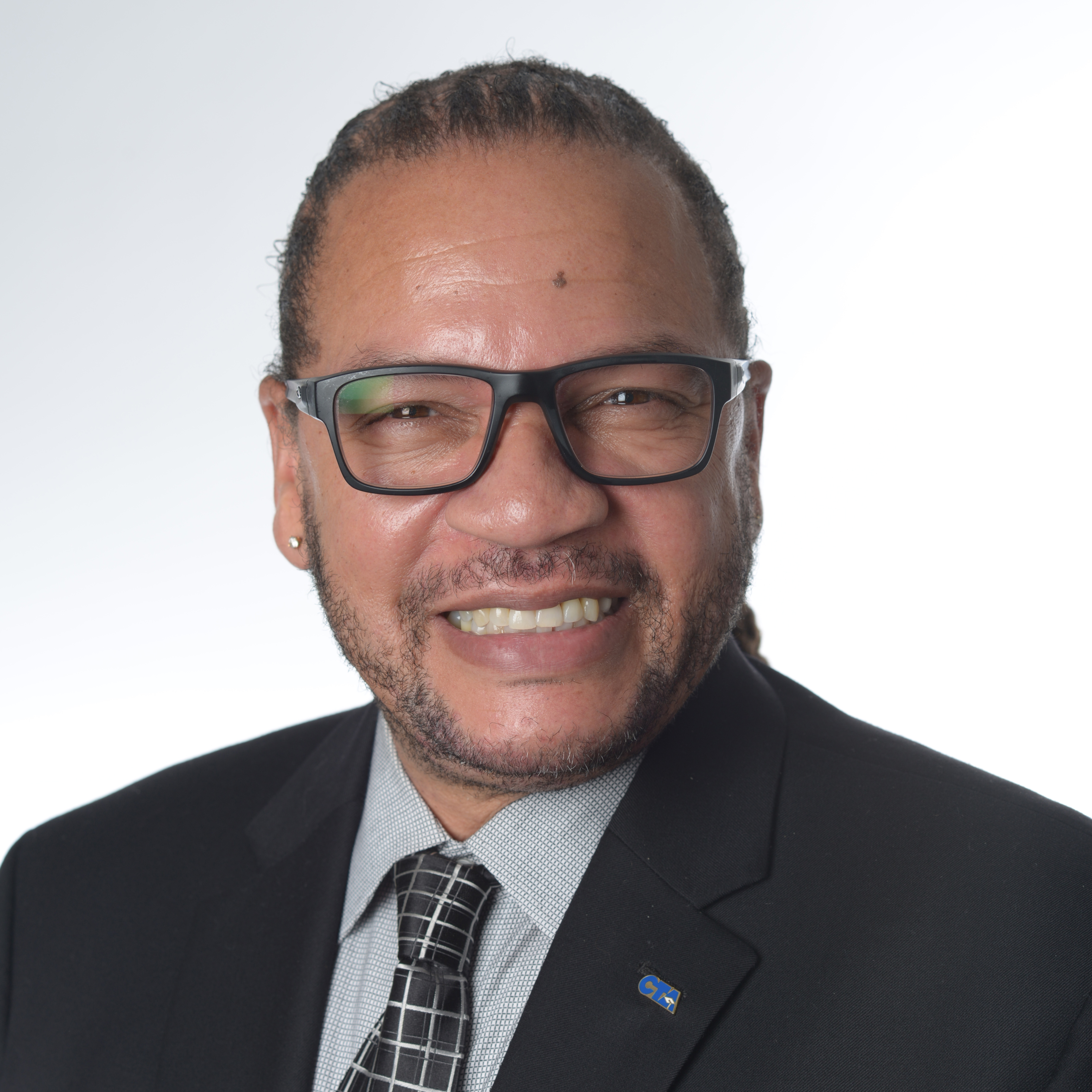
E. Toby Boyd
California Teachers Association
What among the governor’s proposals will most advance students’ recovery from the pandemic and why?
Access to early childhood education and transitional kindergarten for all students is essential to giving our youngest learners the strong start they need. We appreciate the governor’s commitment to ensure learning readiness, and the significant funding for higher education will help ensure more students can afford college.
California Teachers Association represents 310,000 educators and school personnel throughout California.
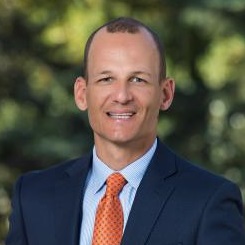
Kevin McCarty
California Assembly, education finance subcommittee chair
What among the governor’s proposals will most advance students’ recovery from the pandemic and why?
This year’s budget continues to support families with child care costs by allocating millions to add 26,000 more subsidized slots, in addition to the 120,000 slots in last year’s budget deal. That is 146,000 new families who will finally get access to affordable, high-quality child care and stabilize their working lives during this pandemic.
The budget also begins implementation of universal transitional kindergarten, so about 56,000 more kids will have access to free pre-K in the 2022-23 school year, with a $ billion investment in Proposition 98.
What priority should have been in the budget but wasn’t?
The budget adds millions to support a full year of child care rate increases, but we should go further to support fair wages of child care workers while we continue to debate rate reform. We shouldn’t wait for another workgroup report before we increase all reimbursements to at least our current private market rate.
Assemblyman Kevin McCarty represents California’s 7th Assembly District and serves as the chair of an Assembly budget subcommittee on education finance.
To get more reports like this one, click here to sign up for EdSource’s no-cost daily email on latest developments in education.













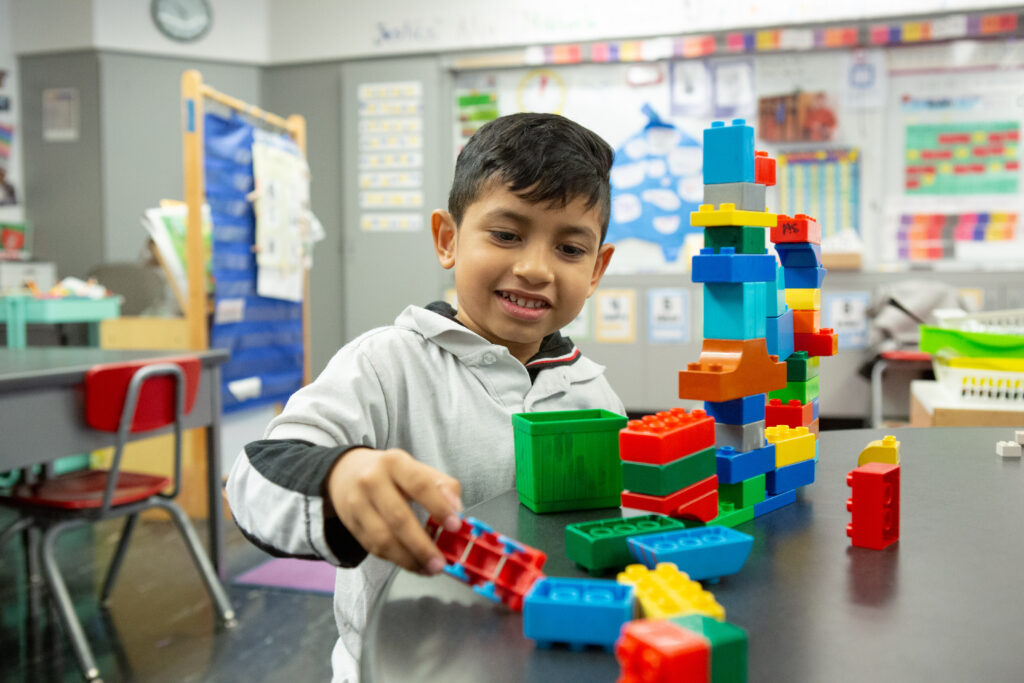
Comments
Comments Policy
We welcome your comments. All comments are moderated for civility, relevance and other considerations. Click here for EdSource's Comments Policy.